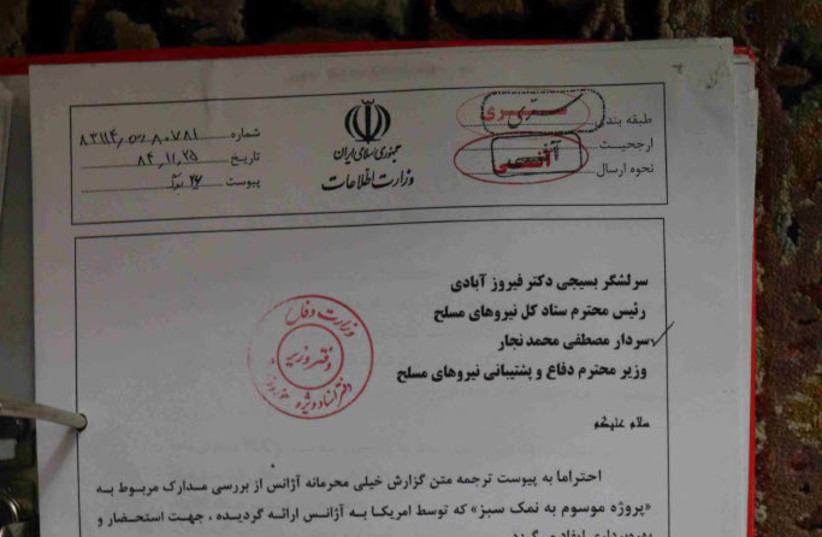The International Atomic Energy Agency began its trip to Iran on Sunday by saying there would be no immediate public statement regarding any progress from the visit.
Negotiations have been frozen since September, when the Islamic Republic suddenly hardened its position on resolving the IAEA probes, despite most of the world’s parties believing that a return to the 2015 Joint Comprehensive Plan of Action, known as the Iran nuclear deal, was all but signed.
In August, a leak regarding the probes of the nuclear inspectors into three nuclear Iranian sites revealed that the world powers would sign a return to the deal, and the probes would be resolved at a later date.
In this scenario, Tehran and the West would both have implemented their partial concessions at the start of the deal and only have had to implement full concessions months later, around the time when the IAEA issue would have been resolved.
Rising tensions

Tensions flared to their hottest point after the IAEA Board of Directors issued a second condemnation of Iran in November, leading the ayatollahs to retaliate with new nuclear violations and cancellation of the IAEA’s planned visit to Iran at the time.
The current visit was played up by Iran, with the IAEA not only staying largely silent about it, but also not sending IAEA Director-General Rafael Grossi.
In the past, most breakthroughs from disputes between Iran and the nuclear inspectors came after Grossi visited Tehran.
It was unclear whether Grossi did not join the visit as a way to pressure Iran into giving serious explanations for what happened at the three disputed sites, or whether the ayatollahs asked to keep Grossi away in response to some of his recent tough statements.
Since June, Grossi has accused Iran of perpetrating a “fatal blow” to the JCPOA with noncooperation, and he made other forceful statements that could have made him more of a lightning rod for the Iranians than in earlier years.
Still, with a potential IAEA referral against Iran to the UN Security Council hanging over their heads leading into the next IAEA Board of Directors meeting on March 6, the Islamic Republic is trying to figure out ways to either return to the JCPOA or play for more time.
In recent IAEA reports, Grossi said Iran’s explanations were “not technically credible” when it tried to pretend that illicit nuclear material found at some of its nuclear sites was planted there by third-party saboteurs (with no evidence to back up the far-fetched scenario).
Earlier this month, Iran was promoting the idea that the illicit materials were brought to Iran by a third country, though not necessarily claiming sabotage.
It was unclear whether the IAEA would entertain this as a more plausible Iranian explanation or dismiss it as equally inadequate.
In the meantime, nuclear experts have estimated that Tehran has enough enriched uranium for up to four nuclear bombs within a period of months – if the regime makes the decision to weaponize the uranium to the 90% level.
Even then, it would take Tehran between six months to two years to figure out a way to detonate and deliver a nuclear bomb.
